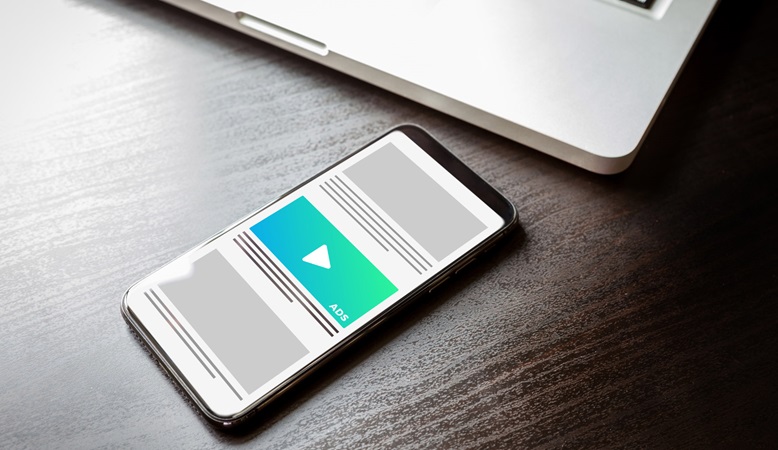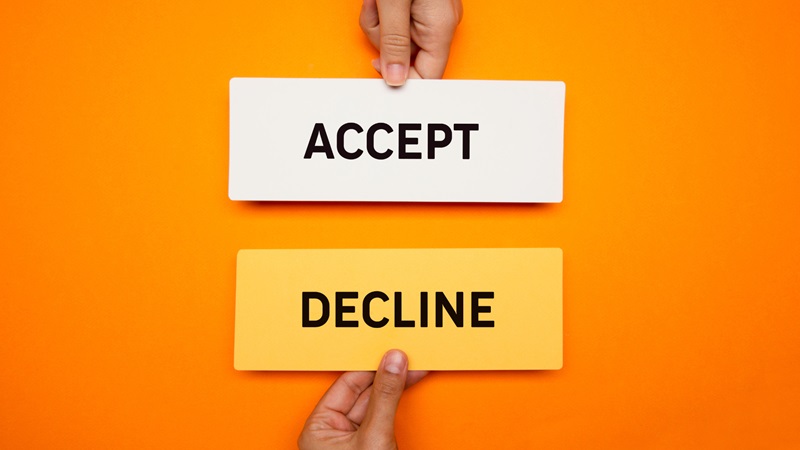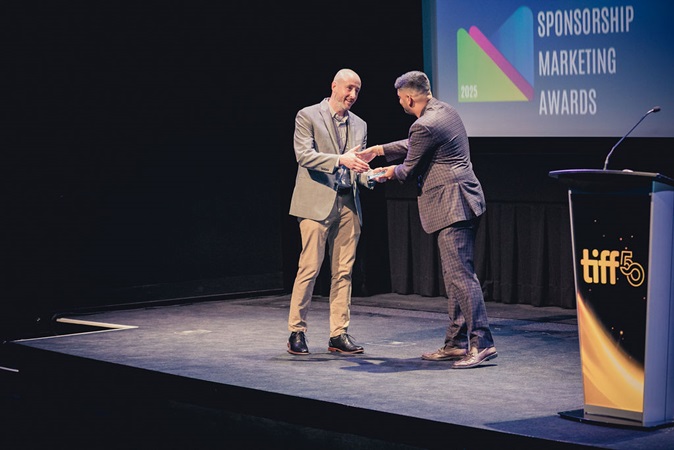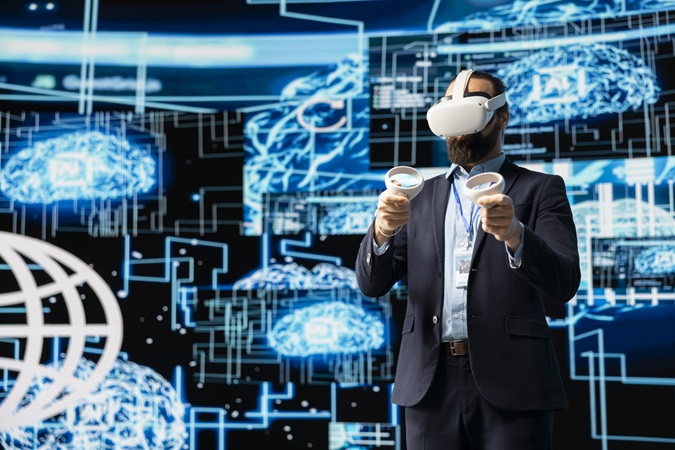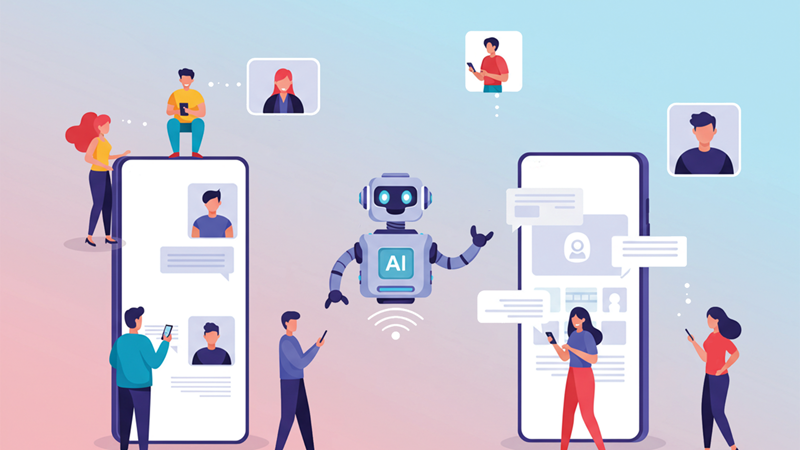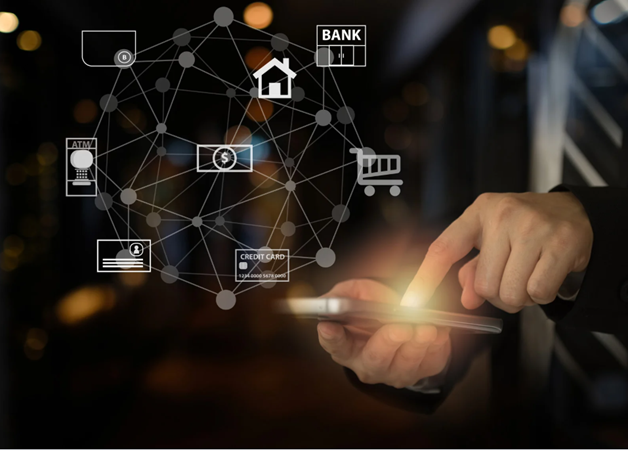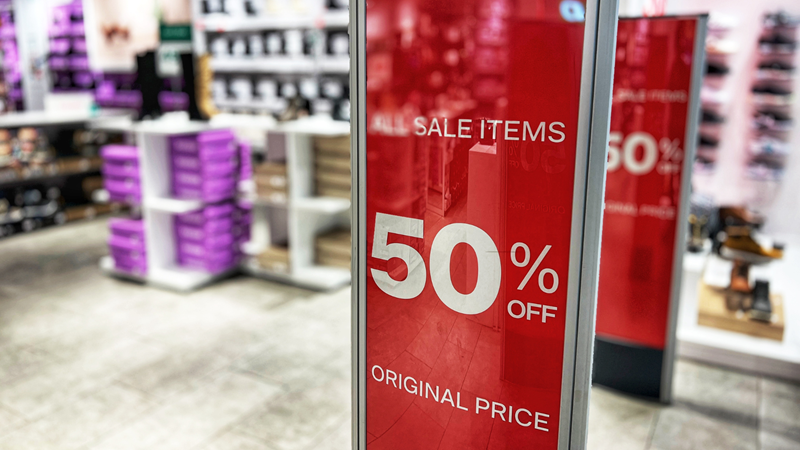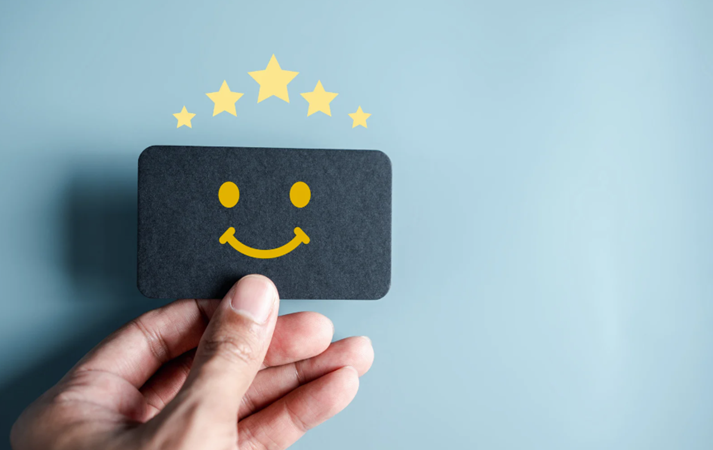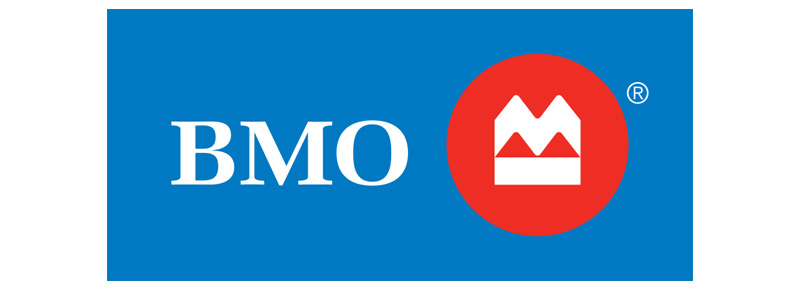Reimagining brand safety: How AI redefines trust in the digital age
Imagine this: You’re in the boardroom, walking your team through a new campaign. It’s bold, creative, and perfectly reflects your brand’s values. The launch feels like a guaranteed win, until, just a few hours later, things take a turn. An old tweet from an influencer partner resurfaces, setting off a chain reaction of backlash that spreads faster than anyone could have anticipated.
In a matter of seconds, the well-orchestrated campaign turns from a success into a reputational crisis. This is not a hypothetical situation, but one that many brands face.
In today’s digital landscape brand safety is more than just logo protection; it's the protection of the trust and loyalty your audience has built towards you. The stakes are high, and the margin for error is incredibly low. But as the challenges grow, so do the opportunities, enabled by the transformative powers of artificial intelligence, which offer speed, precision, and adaptability to navigate modern digital complexity.
A new era of monitoring
Digital content is growing exponentially, and traditional methods of monitoring no longer work. AI is a solution that works in real-time. For example, McKinsey makes a point that, using technology to evaluate risks on a dynamic basis will let an organization "respond to threats before they escalate". An AI system can monitor millions of digital interactions for sentiment and context, which manual methods cannot scale to.
Along with scalability and depth, real-time AI monitoring provides the ability for brands to keep a constant, vigilant presence in the digital space. In addition to merely reacting, it helps a brand be proactive in mitigating reputational risks as they emerge despite the volatility of digital landscapes.
Understanding context beyond words
Traditional brand safety measures often centre around keyword filtering, which is a very overreactive and underperforming approach. This blocks the obviously inappropriate content but can hardly capture nuanced risk or allow valuable opportunities without limitation. AI-powered systems give rise to a new frontier in brand safety through contextual analysis.
Accenture highlights that AI's ability to "interpret the meaning behind content" empowers marketers to make more informed decisions and builds trust across organizational stakeholders. By understanding tone, sentiment and the broader narrative, AI enables brands to ensure their content aligns with values while navigating complex digital environments.
This functionality enhances brand protection and the relevance of messaging. As such, brands can confidently engage in meaningful conversations of trust-building and authentic engagement without being misrepresented or overshadowed by poorly managed influencer relationships or collaborations.
Enabling influencer partnerships
Influencer marketing adds a layer of complexity to brand safety. Finding the creators whose values align with those of a brand requires deep insight into their content history, audience demographics and engagement patterns. Historically, this has been a time-consuming process prone to human error.
Deloitte has highlighted the role of trust in influencer marketing: "Brands must embed trust into their strategies in order to unlock value." AI is changing this process and offering holistic creator insights at scale. Machine learning algorithms analyze thousands of data points to help brands precisely vet influencers and identify those who naturally align.
This is more than mere immediate content evaluation; instead, it's a data-driven approach. By allowing brands to establish long-term partnerships with creators, they can create trust and consistency with audiences and maintain authenticity in messaging that keeps aligned as digital trends continue to change.
Predicting risks with predictive analytics
But perhaps the most transformative element of AI in brand safety is its ability to predict the realization of risks. Traditional approaches to risk management often rely on reacting to crises, leaving brands vulnerable to sudden reputational damage. Predictive analytics flips the paradigm by spotting patterns and trends that indicate emerging risks, offering brands opportunities to act before an issue escalates.
According to the Brand Safety Institute, the role of AI in smoothing brand safety controls, especially in influencer marketing, is unparalleled. Agencies that must screen tens of thousands of creators today rely on manual checks of online history, sentiment analysis, and content quality-a very labour-intensive process. AI tools can speed up the process, enabling deeper reviews at scale.
When a contentious social issue suddenly starts to gain traction online, predictive analytics will automatically warn the marketer. This enables marketers to reconsider their messaging or prepare a strategic response. Proactive risk management shields the reputation of a brand and positions it to lead through tough times with transparency and adaptability.
By applying AI-driven predictive analytics, brands can look ahead and ensure that their strategies are resilient and strong enough to withstand an ever-changing digital environment.
The following are examples of how artificial intelligence is impacting how brand safety is approached, making it a proactive and strategic priority, rather than a reactive measure. However, technology alone is not enough. True resilience in brand safety comes from blending AI insights with human judgment. This nuanced balance is crucial as it help unleash the full potential of artificial intelligence and it ensures that brands avoid pitfalls in the rapidly ever-evolving landscape.
Case 1: Proactive crisis mitigation in influencer marketing
A global athletic wear brand partnered with several influencers to promote a new product line. Using AI-driven tools, the brand analyzed past content from the influencers to flag potential risks. The system found several instances where an influencer had made controversial statements in the past. The brand was able to reevaluate the collaboration and mitigate a possible reputational crisis while continuing campaign momentum.
Case 2: Sentiment analysis for the monitoring of product launches
A cosmetics company launched a new skincare product and used AI-based sentiment analysis to monitor conversations on several online channels. It identified negative feedback regarding potential allergic reactions and reported it within hours. The company responded quickly by clarifying and readjusting its messaging to reassure consumers, preventing a possible viral backlash while addressing legitimate concerns.
Case 3: Predictive risk management for ad placements
A technology company running a global ad campaign used artificial intelligence tools to screen digital platforms for harm before placing the ads. The AI system flagged hundreds of sites that featured misinformation and extremist content on which the ads would be placed. The system automatically removed those placements, thus protecting the brand's online presence.
Final thoughts: reimagining brand safety with human intuition and AI precision
Over the last three decades of marketing, I've watched our industry change in ways we never could have imagined and yet one thing has remained the same: trust as the bedrock of all great brands. Earning and maintaining trust in today's fast-moving digital landscape requires a delicate balance between sophisticated technology and human instinct, since opportunity and challenge are now inextricably linked.
AI gives us extraordinary tools with which to monitor, forecast, and adapt with amazing accuracy, but it's just one part of the equation. The effectiveness of any brand safety strategy depends on the combination of advanced artificial intelligence tools with human creativity, along with deep understanding of audience engagement. And in that synergy, it takes us further than just managing risk, it builds resilience and sows the seeds of real connections.
For the marketing profession, the challenge is not just to adopt new technologies but to use them judiciously as extensions of our judgment and experience. In doing that , we can manage complexity, protect the brands we represent, and capitalize on the opportunity to inspire trust and loyalty. We have an opportunity to protect our brands, lead with integrity and innovation, and shape the future of marketing in ways that matter.
Citations
McKinsey & Company (2024)
Implementing generative AI with speed and safety
Accenture (2024)
Thrive with responsible AI: Embedding trust can unlock value
Brand Safety Institute (2024)
Balancing AI Innovation with Brand Safety in Marketing
Deloitte (2024)
AMD CMO on opportunities and challenges of using AI in marketing





